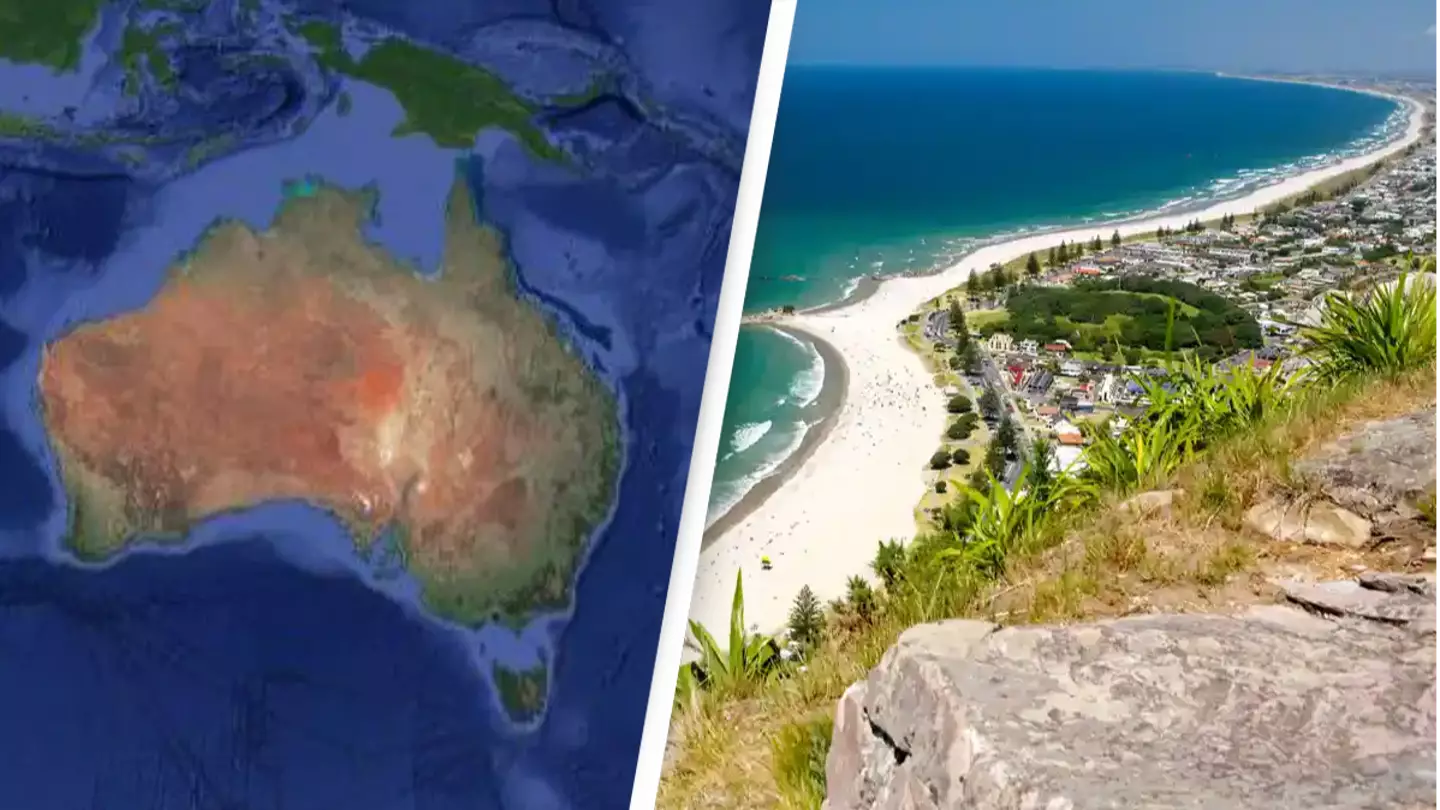
Scientists discover missing continent after 375 years
Geologists made the discovery in 2017, but the ‘great Southern Continent’ had been theorised about since Roman times
Featured Image Credit: GNS Science/Chris McLennan/Alamy
Topics: World News, Science, Travel
 Katherine Sidnell
Katherine Sidnell
Katherine is an entertainment journalist with a love of all things nerdy. Starting out writing Doctor Who fan fiction as a kid, she has gone on to interview the likes of Matt Damon, James May and Dua Lipa to name a few. Published in The Sun, The Daily Mail and Evening Standard - she now joins Ladbible as resident nerd in chief.
@ksidnell